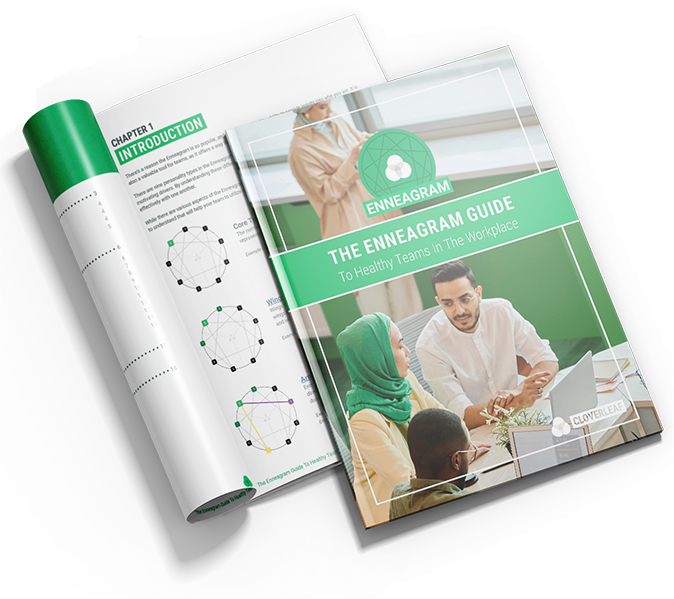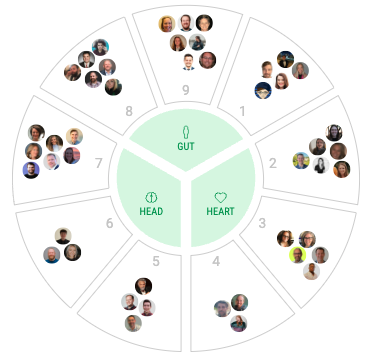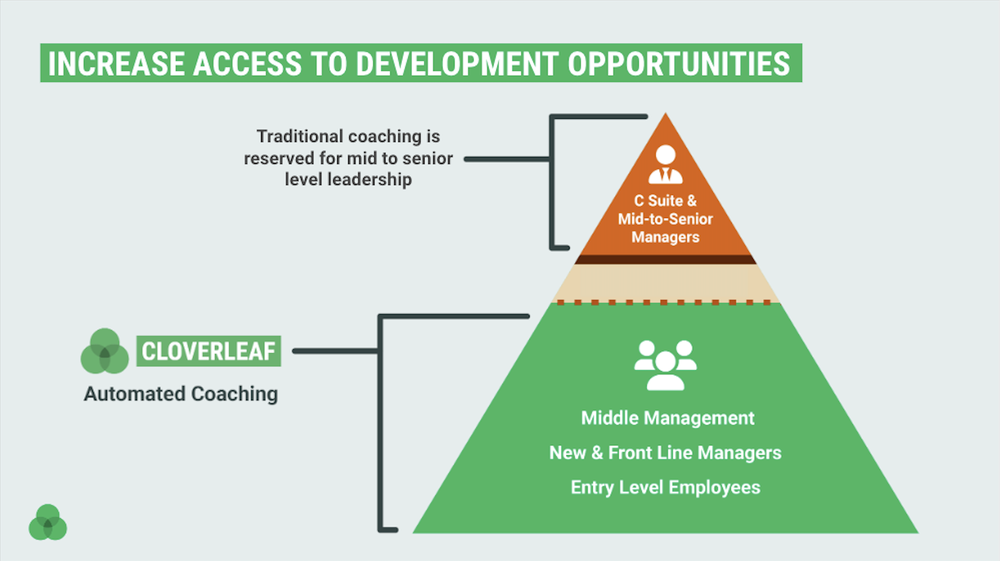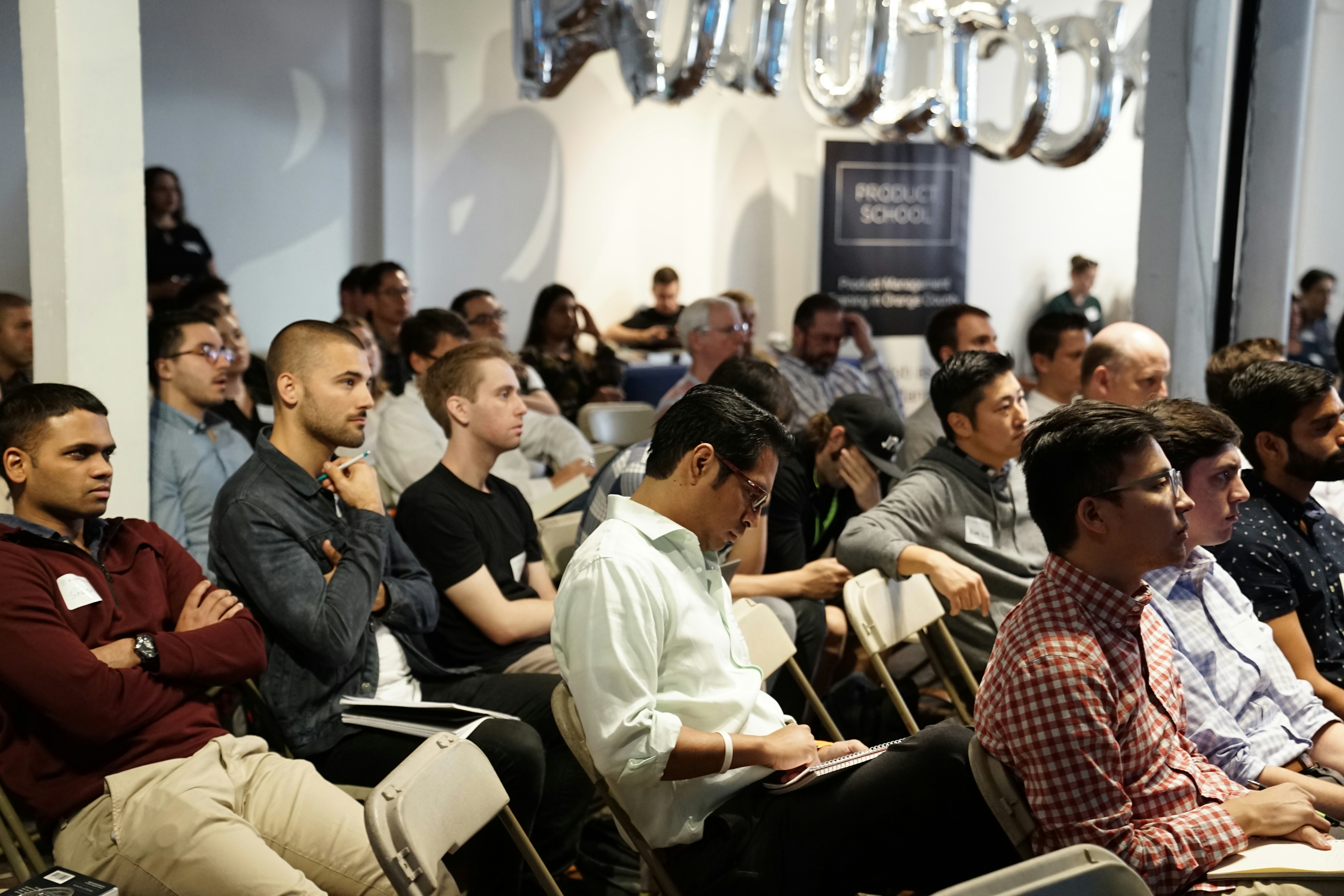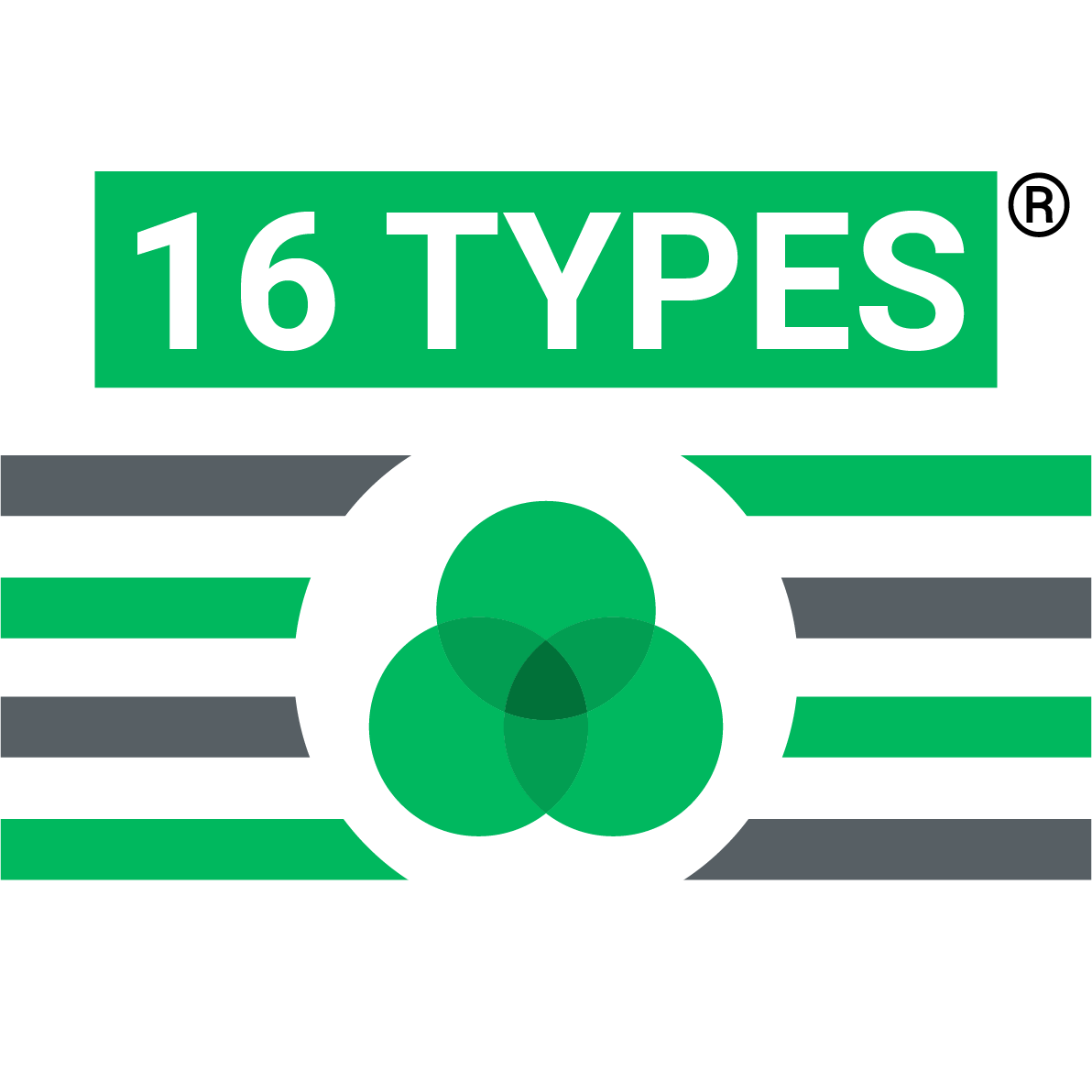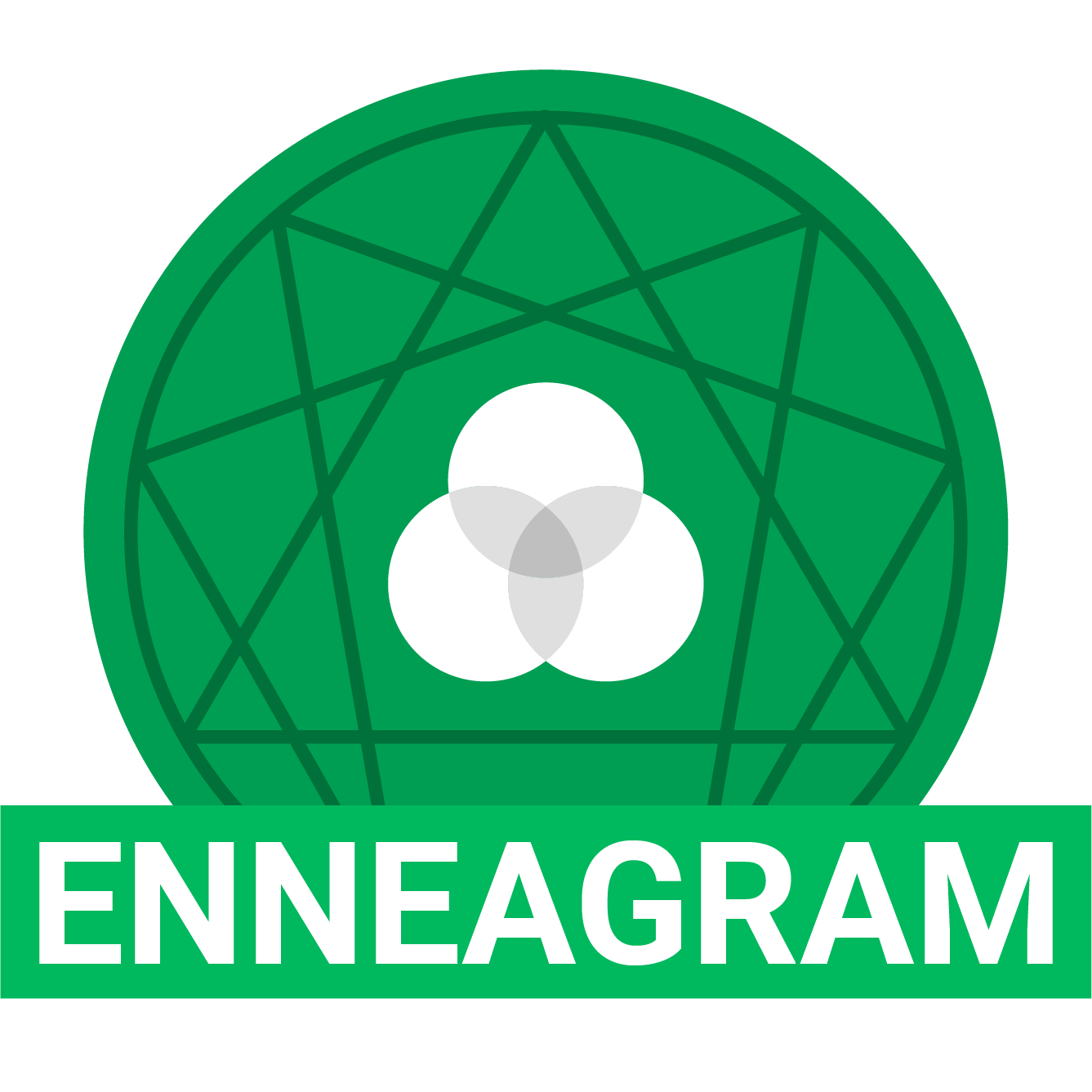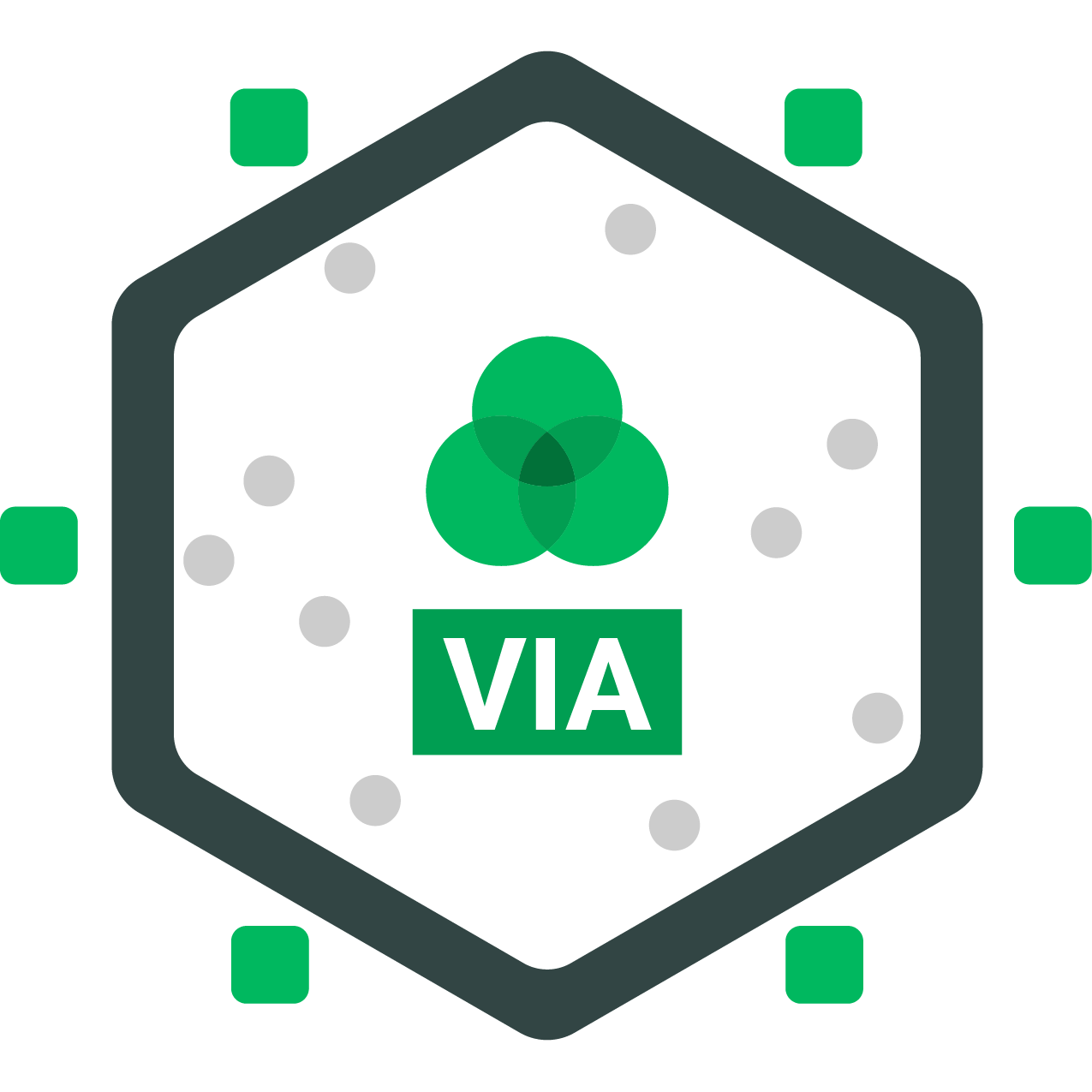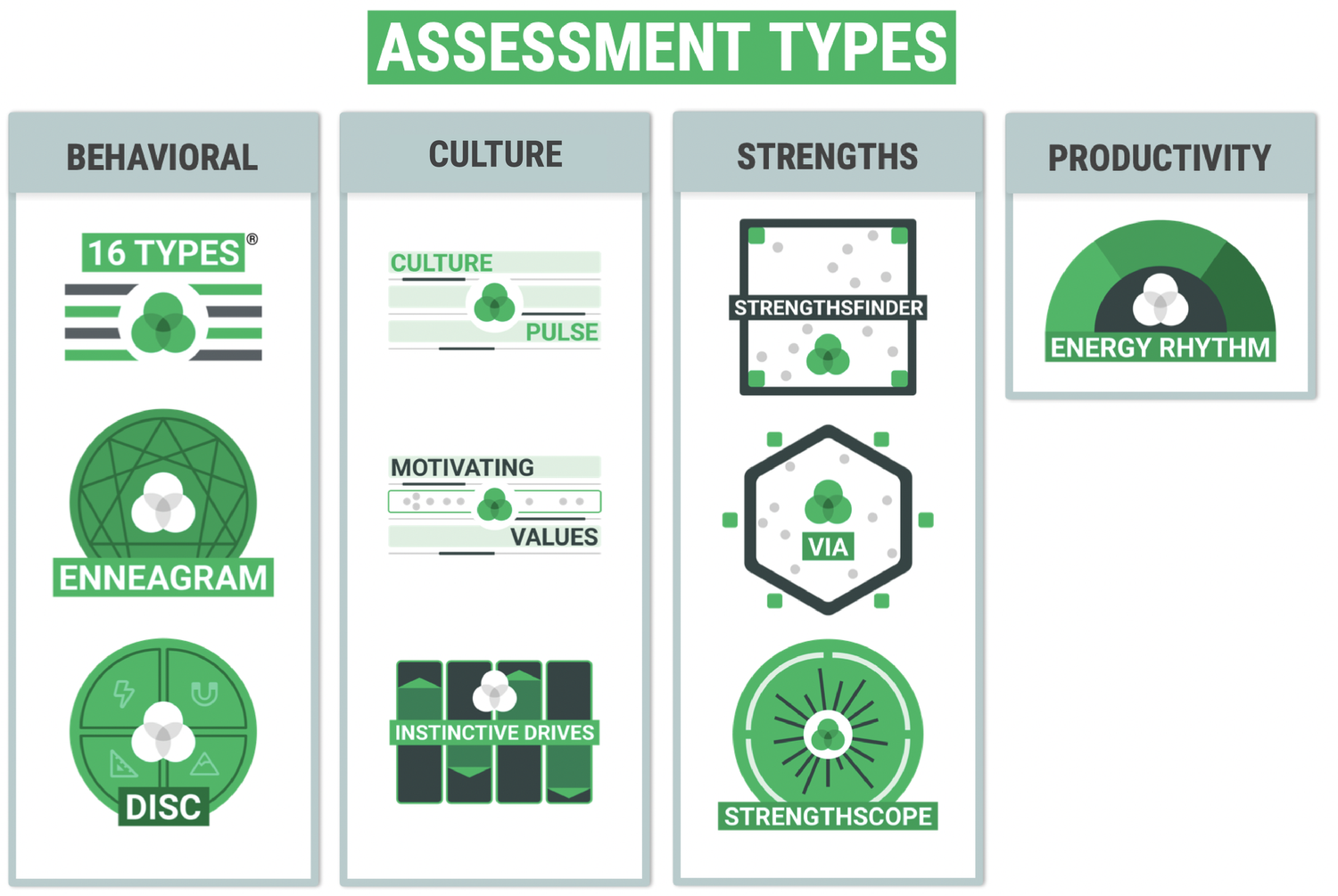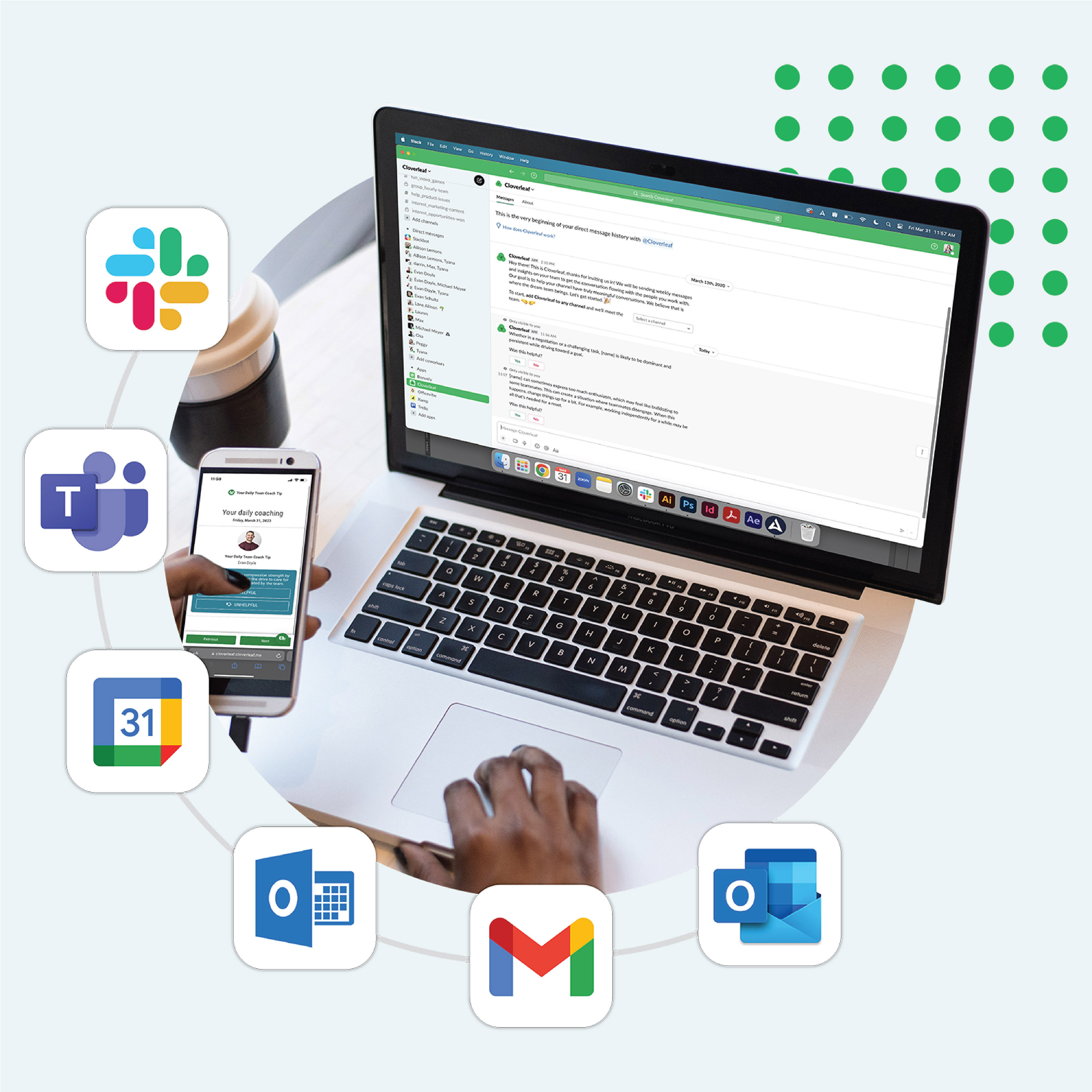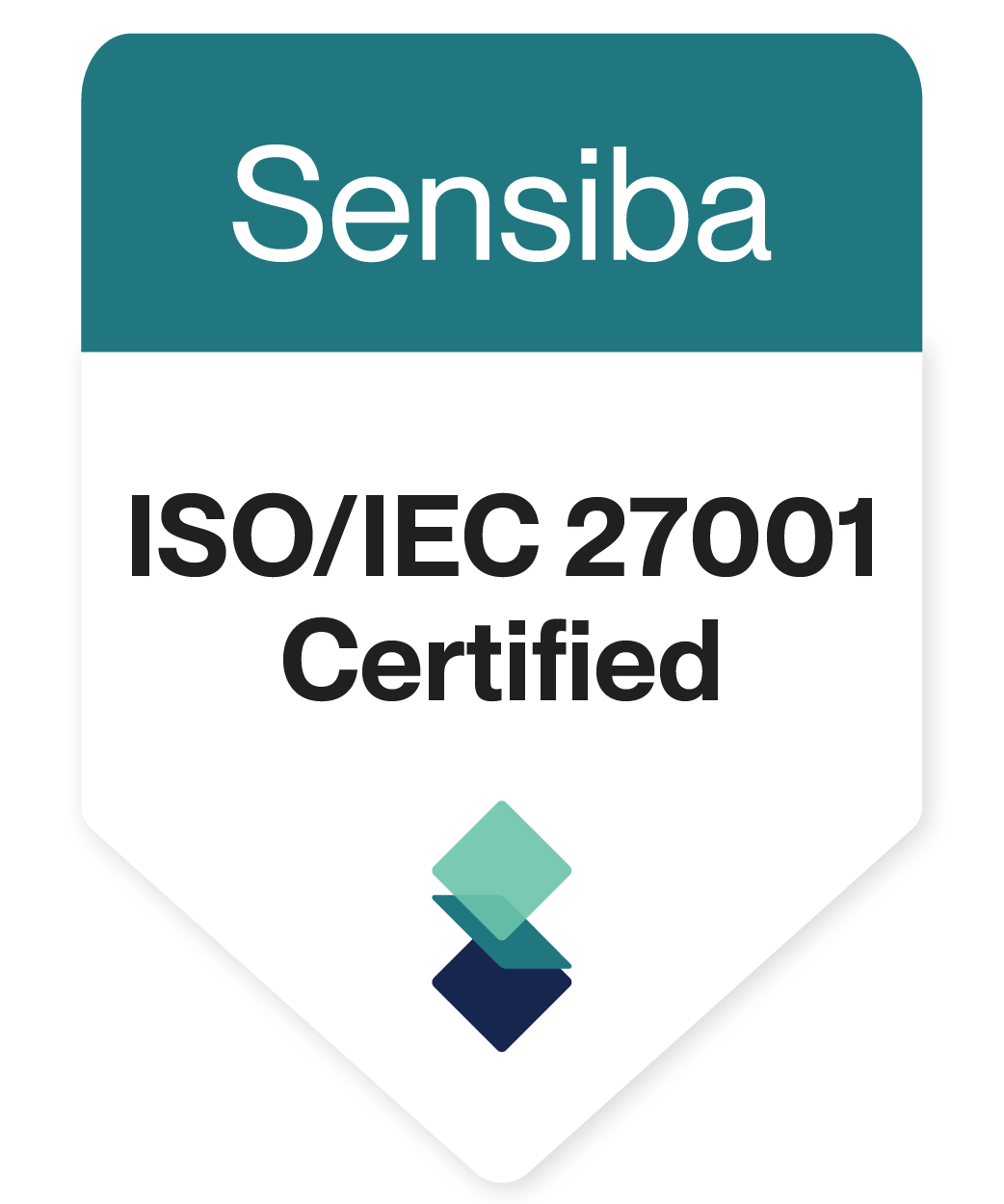Enneagram Type Nines are known as the Peacemaker. They are mediators of the group and thrive when helping differing parties resolve conflict. Their motivation stems from a desire for peace of mind and fears of experiencing overwhelming strife.
Nines can handle difficult conversations and remain level-headed. They are commonly the person people go to when they need a resolution or a second opinion concerning a pressing issue.
Their feelings do not drive them; they have keen instincts that help them gather wisdom to share. Nines are not confrontational but can navigate conflict to ensure both sides feel understood.
Communication Style
Affirming, supportive, easygoing, and diplomatic. Nines are open to others and value their opinions. They enjoy meaningful conversation and appreciate when others reciprocate the same.
Nines can become passive and indecisive when they do not feel understood; therefore, inviting their input is a great way to ensure you receive their counsel.
Under Stress: Move to Six
When Secure: Move to Three
When Nines feel secure, they tend to be more practical, productive, focused, and confident.
Nines want to keep the peace, connect with others, and avoid conflict. Typically, Nines are kind, gentle, reassuring, supportive, loyal, and nonjudgmental. This type can exhibit various characteristics, from gentle and mild-mannered to independent and forceful.
They have excellent listening skills, are objective, and excel at unbiased mediation with the ability to see and appreciate the positive aspects of both sides.
Which Enneagram Types Work Best Together?
Each Enneagram type has the potential to work well with others. Of the nine styles, no two are more compatible than the other. Instead, each individual must choose to be understanding and compassionate to the needs of the other.
Different situations or circumstances arise with different characteristics in each personality type. You can work well with anyone by acknowledging what the other person is motivated by and leveraging those strengths.
Using the Enneagram at work should help you become a better team and understand one another better. Identifying the nine types at work can help teams improve collaboration and teamwork rather than segregating or partnering up with people you find more suitable to your own type.
FAQs
How does Cloverleaf help teams apply the Enneagram daily?
Most platforms give you a personality report and leave you to figure out what to do next. Cloverleaf integrates Enneagram insights directly into workplace tools like Email, Slack, Outlook, and Microsoft Teams—offering just in time coaching nudges that help teams communicate, collaborate, and lead more effectively.
What makes Cloverleaf different from other Enneagram tools?
Many platforms provide personality reports, but insights don’t drive change unless they’re reinforced over time. Cloverleaf makes sure Enneagram insights stay relevant by delivering just-in-time coaching—helping employees adjust their communication, understand team dynamics, and navigate challenges in the moment.
Instead of static reports that get forgotten, Cloverleaf reinforces Enneagram insights over time through automated coaching nudges. These reminders help employees apply what they’ve learned when it matters—before meetings, in feedback conversations, and during collaboration.

